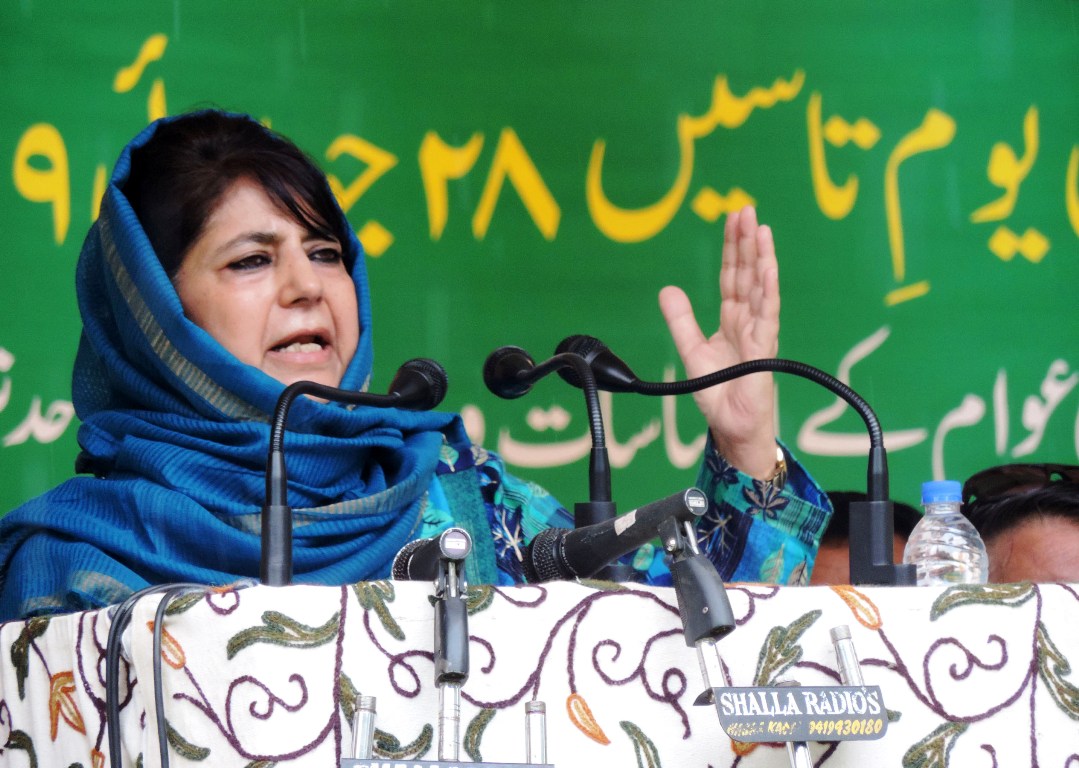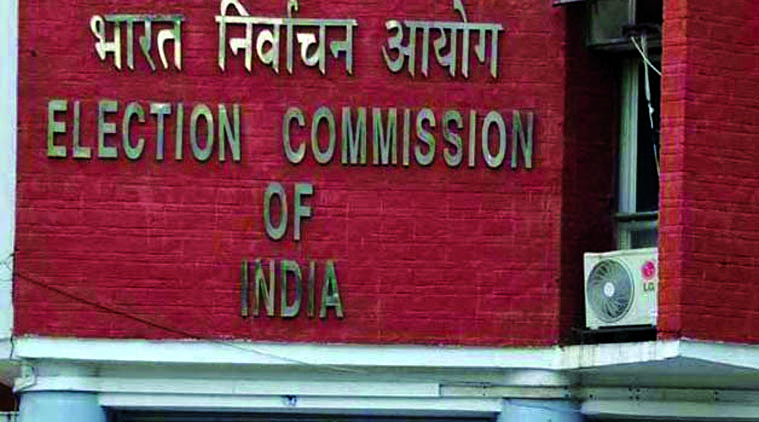By Sajid Ali
KL NEWS NETWORK
SRINAGAR
December 5, 1995 is still etched to memories of people of Samboora in South Kashmir’s Pulwama district very closely. The dawn of the day is synonym with the great pain for the villagers.
On this day, twenty years ago, the villagers were burying a 16-year-old girl, whose bullet-ridden body sent the entire village into a mass mourning. The villagers were then too naive to understand the language of forces who, they say, termed the killing as an “unfortunate incident” to “strike a discipline in an agitating mob protesting the militants’ killings”.
Today, as her mother, in her mid-fifties, recalls the trauma, she apparently relives her moment of anguish, breaks down before narrating the ordeal.
“It was supposedly the normal day before gunshots rang up and later drew villagers out in droves,” recalls the mother, who looks more than her age. “I lost my daughter, my angel, forever that day.”
On December 5, two decades ago, Samboora—the village nestled on Pulwama-Srinagar highway (15 kilometres from Pulwama)—woke up to relentless gunshots. It didn’t take the villagers much time to know that gunfight between militants and Indian army had begun in a neighbouring Allochibagh village.
Moments later, as gunshots ceased, the villagers came out, and knew five militants were killed. They then headed towards Allochibagh, the encounter spot, in a solidarity procession.
“As army saw us approaching,” says Khursheed Ahmed, a village grocer, then a part of the procession, “they (army) shot a torrent of bullets at us, killing three civilians and injuring eight others on spot.” Among the slain civilians was the 16-year-old girl, Saleema.
An intense mourning followed, gripping Samboora for days to come.
“What worst could happen to a person who had to bury his own daughter, along with his brother,” says Farooq Ahmed, the father, welling up.
Saleema, the slain girl, had lost her uncle too in that army offensive.
The forces onslaught didn’t end with the shooting itself. The locals recall how the army went berserk, “torturing, harassing and ransacking” residences.
“They (army) weren’t done yet, even after consuming 8 lives (five militants and three civilians),” continues Farooq, “During the funeral rites of my daughter and brother, military ransacked our house as well.”
Saleema was a Class 10 student when killed. After her killing, Farooq says, the family never failed to figure on forces’ radar.
(The names of the persons in this story have been changed.)















